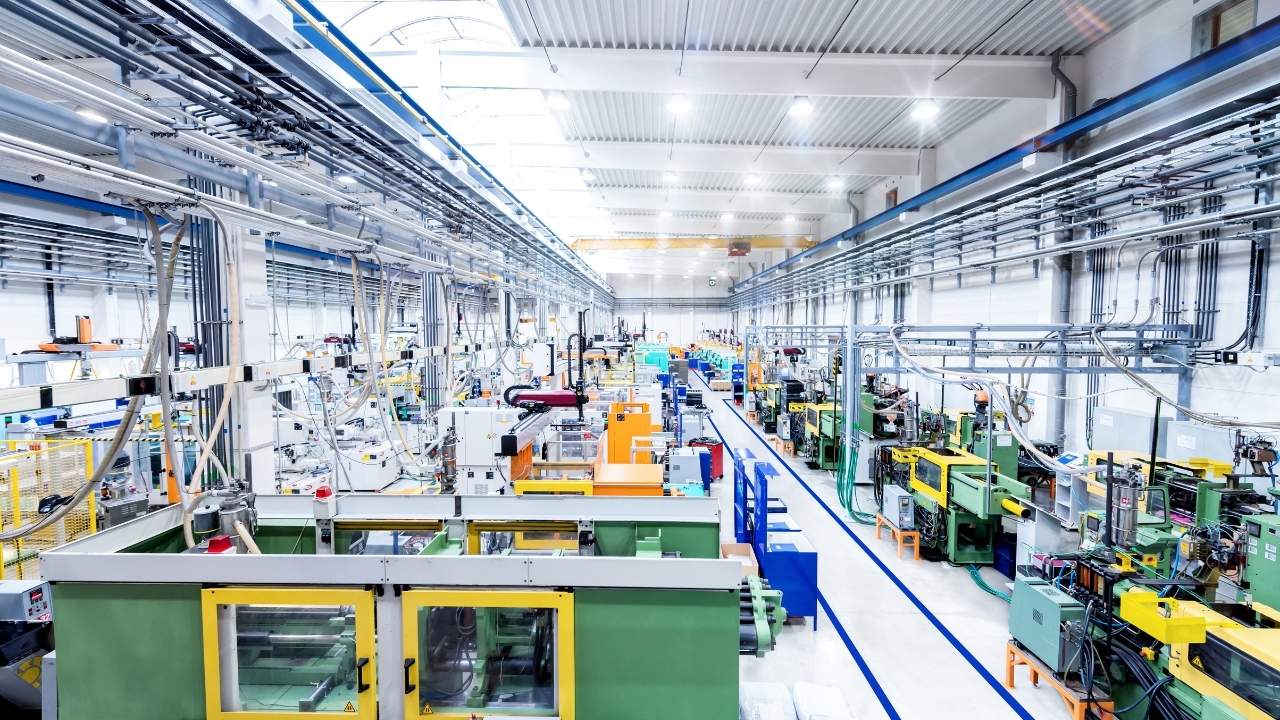How does the Customer Experience (CX) for your business stand out from your competitors?
If you’re scratching your head at that question, perhaps we can offer a few tips on how to answer.
CX has everything to do with how your company interacts with your customers. These interactions are often referred to as “touch-points.”
These touch-points are all-inclusive; from how your customers interact with your company to buy a product/service and how that product/service is delivered, to what type of follow-up is used to nurture the relationship.
So, the first question to ask yourself is: What are the touch-points my business has with my customers?
- Are they physically coming into your brick and mortar location?
- Are they virtually shopping using a web-store?
- Are they making orders via email or phone call?
Whichever way you interact with your customers, the goal is to create a fulfilling, consistent, and high-quality customer experience.
Second, you need to organize these touch-points. To do this, we can look at them in two groups: pre-sale and post-sale. Here are a few pre-sale questions to ask yourself about the quality of those touch-points:
- If they are physically coming into your store:
- Is the location easy to access?
- Is it clean and orderly?
- Are products stocked and available?
- Do the clerks have a pleasant demeanor? And are they trained and knowledgeable of your products/services?
- If they are virtually shopping:
- Does your website accessible on all devices?
- Are product details up-to-date?
- Is it easy to make selections and make a payment?
- How are the products/services delivered to customers?
- If they are emailing/calling in orders:
- Are staff members available and responsive? And are they trained and knowledgeable of your products/services?
- Is their account information easy to access?
- How are the products/services delivered to customers?
Next, let’s move on to the post-sale CX questions:
- If they are physically coming into your store:
- Are products/service rendered on the spot? Or scheduled?
- Is the customer data received (name, email, etc.) used for any follow-up communication?
- If they are virtually shopping:
- How are the products/services delivered?
- How long is the handling and/or shipping time?
- If they are emailing/calling in orders:
- How do you provide the receipt?
- How do you communicate the status of an order?
As you can see, there are quite a few moving parts in creating a world-class CX. And with the rise of Amazon, we can only anticipate continued growth in customer expectations.
What are you supposed to do to meet the demand of growing customer expectations? Automate! Automation is key to scaling a high-quality CX as your business grows.
The good: You are probably already performing many of these tasks, and have already considered ways to improve/automate your CX.
The bad: In the Age of Amazon, the CX must be a top priority and can be extremely expensive and time-consuming, often taking away from other important duties. This tends to result in a piecemeal system of various components (Accounting Systems, CRM Systems, Shipping Software, Inventory Management Systems, Warehouse Management Systems, etc.) that don’t work well together and create more problems than they solve. You need a complete Enterprise Resource Planning system to do the heavy lifting.
The ugly: You should already be automating key components of your CX, but business systems developed as recently as 5 years ago are often obsolete and can’t properly support the functions needed by modern small businesses (SMBs.) You should have to work for your business system, it should work for you. Also, the systems that are out there (often on-premise) are expensive (high software cost, yearly service fees, and implementation fees) and often out of reach for small and medium-sized businesses.
The solution: Modern, feature-rich Cloud ERP systems, like Versa Cloud ERP, are built to support enterprise-level needs, but affordable enough for smaller budgets. Historically, on-premise ERP system cost hundreds of thousands of dollars, and take 6-12 months to implement. That’s no longer the case.
Download our e-book and learn how modern cloud ERP systems helps you deliver experiences that keep customers coming back. Plus, discover five other strategies you can copy from Amazon to attract and keep more customers.







